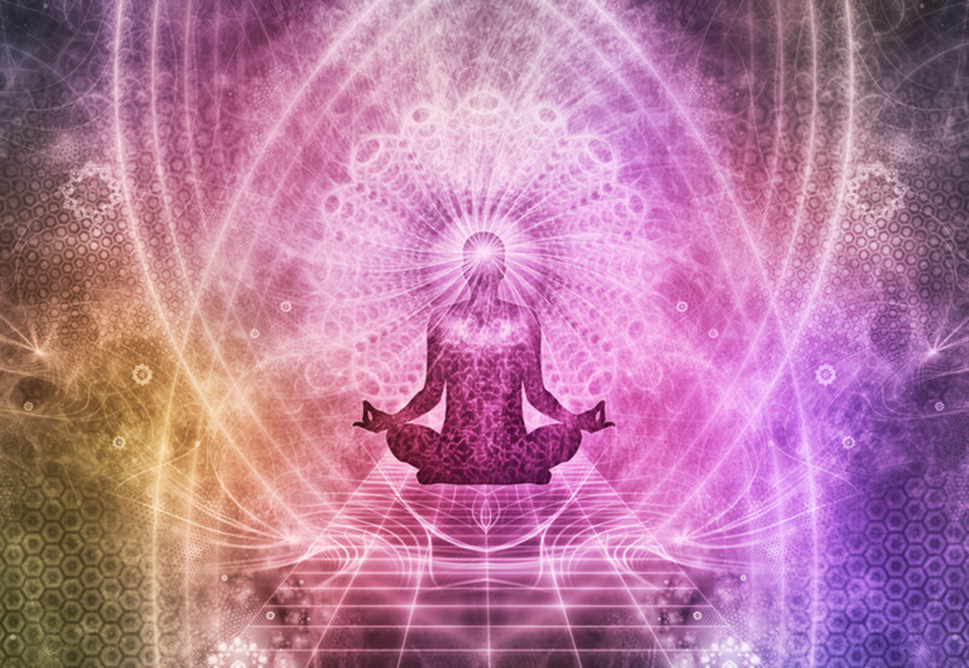
iStock
THE PINEAL GLAND has been called the brain’s “third eye” and the “seat of the soul.” Along with the pituitary and hypothalamus, the pineal makes up what Daoist philosophers call the “Crystal Palace”—because it’s these three glands that affect the body’s response to light. They are components of the endocrine system, of which the pituitary and hypothalamus are in charge, directing different functions or interacting to direct the same ones, according to Mantak Chia and Joyce Thom in Conscious Lifestyle Magazine.
(The endocrine system – which regulates the body by way of hormones the way the nervous system uses electrical impulses – includes other glands: the thyroid, parathyroid, adrenals, pancreas and ovaries/testes. While most of the body’s hormones are produced by endocrine glands, other organs with hormone-secreting cells include the stomach, liver, intestines, kidneys and heart.)
Ambient light affects all three glands—which in turn regulate wakefulness and response to stress—making it rare these days to “receive the deep relaxation that occurs in total darkness,” write Chia and Thom. Urban environments provide few refuges that are so dark—except maybe flotation tanks, with darkness helping provide their heightened restfulness.
Among light receptors in the eye—besides cones that handle color vision and rods for low light—a third kind sends messages to the hypothalamus. That gland, in turn, signals the pineal gland to produce melatonin, which affects circadian rhythms that include waking, sleeping, temperature, and digestion.
Melatonin production is activated by darkness and inhibited by light, with irregular production causing mood swings and depression. It directs the pituitary to release vasopressin, which adjusts circadian rhythms. And because melatonin suppresses cortisol and acts as an anti-oxidant, it is considered anti-stress and anti-aging.
Besides the pineal gland’s role in sleep disorders, other processes it might affect—most described as “needing more research”—include cardiovascular health; female hormones; mood disorders, including increasing the risk for schizophrenia; and colon cancer, by way of cellular damage caused when overexposure to light depresses pineal gland function.
The pineal acts as the body’s internal clock, telling the brain whether it’s day or night, hence its label, the brain’s “third eye.” The pineal is also considered the spiritual center of inner vision, insight and wisdom and is thought to provide the visuals during dreams and psychedelic experiences. Spiritual significance is also found in its pinecone shape, with its spines and spirals creating a perfect Fibonacci sequence.
Located at the geometric center of the brain, the pineal gland is unusual as the only unpaired organ deep in the brain and the only one not protected by the blood-brain barrier. Bathed in cerebrospinal fluid, the pineal has more blood flow per cubic volume than other organs—and thus, some believe, the brain’s highest concentration of energy.
Looking for the source of thought, Rene Descartes dubbed the pineal gland “the seat of the soul” —with the idea that its connections to the sensory and emotional centers of the brain create a bridge between physical and spiritual experiences.
Both the pituitary and hypothalamus secrete hormones that can increase or reduce nerve impulses—thereby linking the endocrine and nervous systems—and connect to the limbic centers of emotion and affect. Together these two glands direct the “survival processes”: body temperature, hunger, thirst, fatigue, pain relief, blood pressure, sexual function, weight, circadian rhythms, sleep and response to stress.
To optimize function of the Crystal Palace—instead of leaving curtains open to enjoy the moonlight or for morning light to help with waking—creating a darker sleep environment could make way for deeper sleep and richer dreams.
—Mary Carpenter
Mary Carpenter writes about health and well-being. Read more of her posts by clicking here.

Very interesting…. sleep seems to be an issue these days as we age